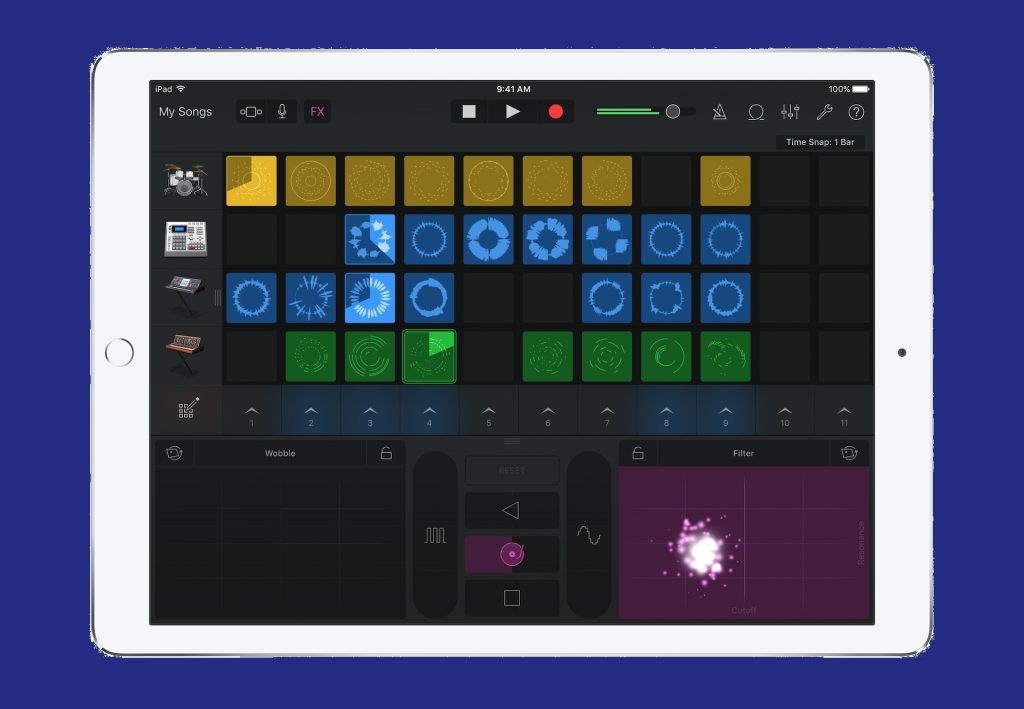GarageBand is an iOS app that provides a platform for students to explore and create music in a fun and interactive way. It is an ideal tool for those who want to incorporate technology into their teaching and help students learn the fundamentals of music.
In this blog post, we will explore how GarageBand can be used in the classroom and at home to teach music, inspire creativity, and engage students.
- Introduction to Music Theory
GarageBand provides an excellent platform for teaching the basics of music theory. By using the app’s virtual instruments, students can learn about melody, harmony, rhythm, and timbre. For example, they can learn how to play basic chords, create melodies, and experiment with different rhythms. The app’s interface is user-friendly, and the sound quality is excellent, which makes it easy for students to create and experiment with music.
- Composition
GarageBand is an ideal tool for composition. Students can use the app to create original music pieces by selecting instruments, recording melodies, and adding effects. The app’s library provides a wide variety of loops, sounds, and samples, which students can use to create a unique piece of music. The app also allows students to record live instruments or vocals, which can then be added to their compositions.
- Collaborative Learning
GarageBand allows students to collaborate on music projects, which makes learning more engaging and interactive. Students can work in groups to create original pieces of music, share ideas, and build on each other’s work. Collaboration also helps students to develop communication and teamwork skills, which are essential for success in any field.
- Recording and Production
GarageBand can be used to record and produce music projects. Students can use the app to record their compositions, edit and mix the sound, and add effects. The app’s powerful editing tools allow students to cut, copy, and paste different parts of their recordings, adjust volume levels, and add audio effects. This feature allows students to learn about the technical aspects of music production, such as sound engineering and mixing.
- Performance
GarageBand can be used to prepare for performances. Students can use the app to practice their songs, record themselves, and listen to the playback. This helps students to develop their performance skills, such as timing, phrasing, and expression. The app also provides tools for tuning, which helps students to improve their pitch accuracy.
GarageBand is a versatile and engaging tool for teaching music in schools. It provides an excellent platform for students to explore music theory, create original music, collaborate with others, learn about music production, and prepare for performances. By incorporating this app into our music programs, we can help students develop their creativity, critical thinking, and communication skills while also promoting a lifelong appreciation for music.
